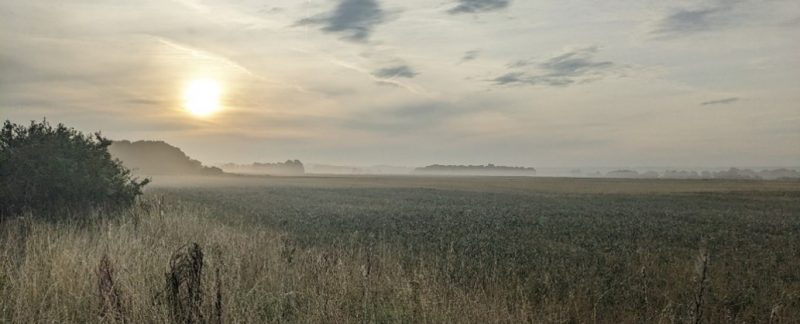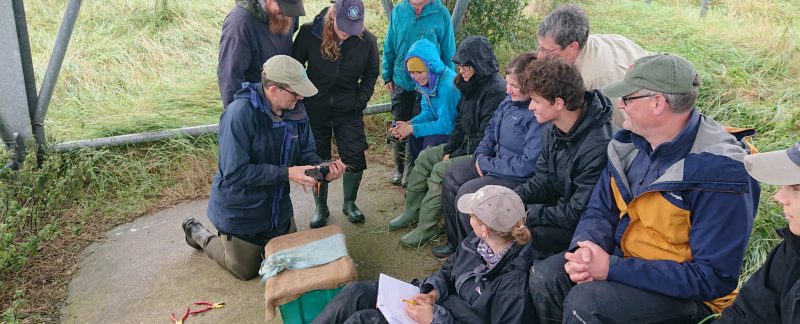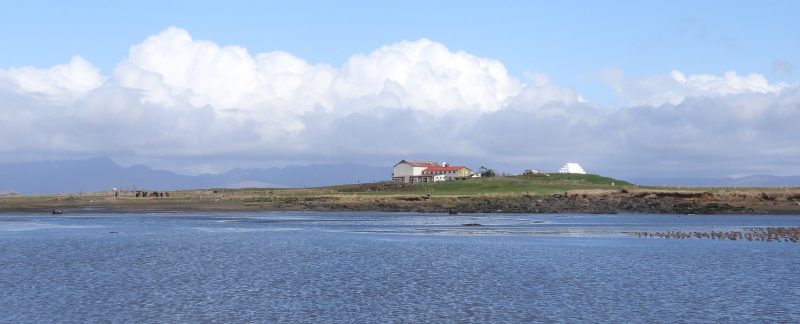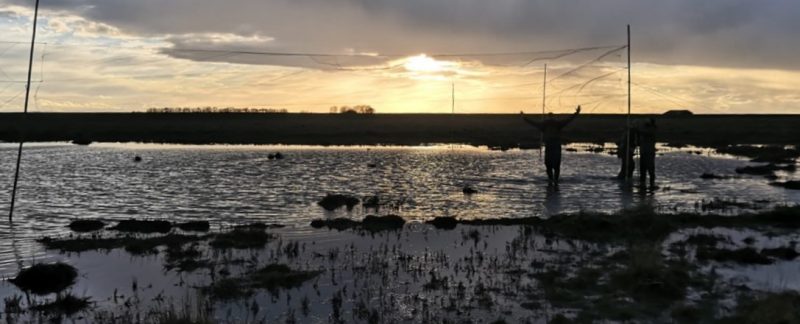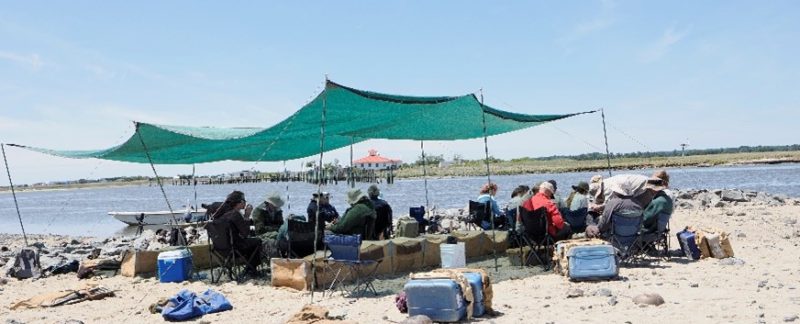Wednesday 30 August
Recces
Ryan arrived at the Horseshoe Lagoon at 05:30 with high tide at 06:26 and immediately recorded seven Oystercatchers, 12 Bar-tailed Godwit, five Dunlin, two Grey Plover and 150 mixed gulls. At 05:48, the Barwits, Dunlin and Grey Plover left heading north and at 06:07, 70 more gulls joined the roost. Elsewhere on the pool there were 30 Redshank, two Grey Plover, 11 Little Egret and six Greenshank. It was clear that the pool needed more water as Black-headed Gulls could stand almost all the way across from normal catch site to the island.
Richard observed a small number of plovers at the Gedney pool when they arrived. It filled about 25 minutes before tide.
At Heacham North North, Cathy recorded 10 Turnstone and 10 Sanderling at high tide.
Continue Reading →
